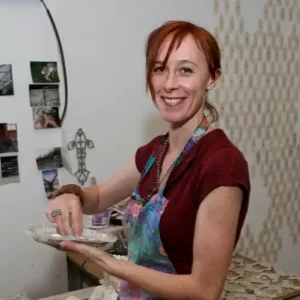Sculpture
Give form to your ideas. Transform materials and expectations. Break out of the mold.
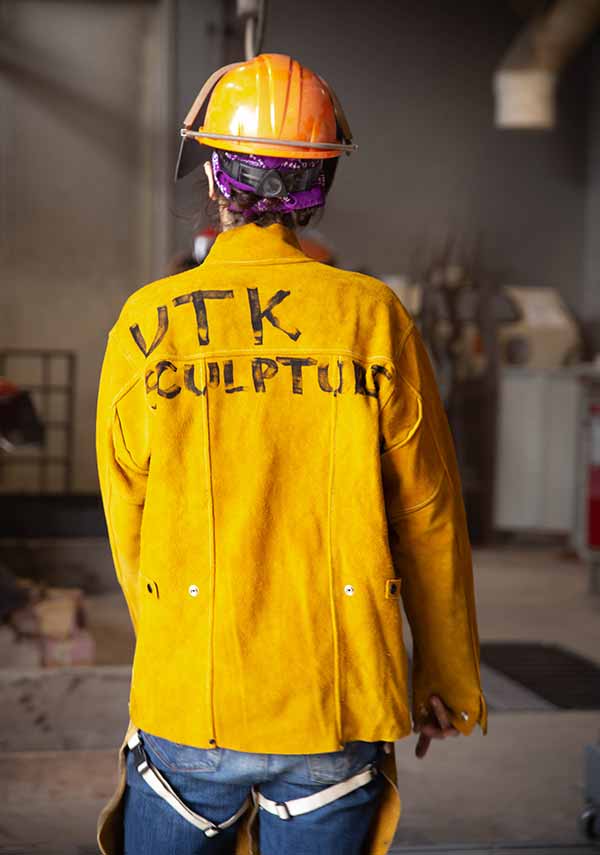
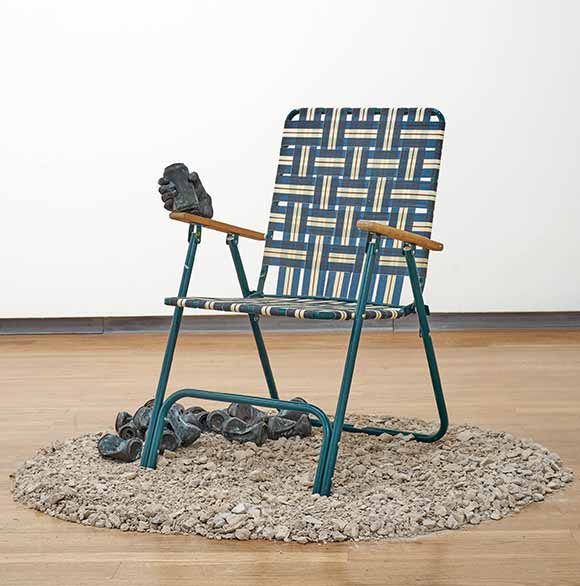
Build your experience
Sculpture is an expansive field in which artists shape both form and space using a range of materials and processes. The School of Art offers graduate and undergraduate programs in sculpture as well as a minor and elective courses for non-art majors. With the smART Lab, Media Pool, foundry facilities, and extensive wood and metal fabrication studios, students have the space and resources needed to realize their latest projects. Our graduates go on to work as independent and commercial artists, educators, and professionals in the arts and adjacent fields.
Programs in Sculpture
Master of Fine Arts
The Master of Fine Arts degree in studio art with a concentration in sculpture offers students a rigorous, three-year interdisciplinary course of study. Our award-winning faculty mentor students to investigate critical, conceptual, and historical issues through structured coursework and self-directed studio practices. Graduate students have the opportunity to teach undergraduate courses or assist senior faculty in classrooms, labs, and workshops. Explore the options below to learn more about our graduate program.
Email faculty representative Jason Brown
Degree Requirements
Offered Courses
- ART 503 Theory/Practice/Art Fundamentals
- ART 504 First-Semester Graduate Seminar
- ART 507 Professional Practice: Teaching Internship
- ART 541 Graduate Sculpture I
- ART 542 Graduate Sculpture II
- ART 595 Visiting Artist Seminar
Option: Art History Minor
A graduate minor in art history may be arranged during the student’s first semester of study with the consent of the student’s area instructors and the art history faculty. After a review of previous undergraduate course work, students must complete a minimum of 12 approved credit hours in art history. A reading knowledge of French, German, or Italian is a prerequisite, unless waived by the art history faculty. Graduate Council policy stipulates that a member from the minor unit must serve on the thesis committee.
Bachelor of Arts or Bachelor of Fine Arts
The School of Art offers a Bachelor of Arts degree in studio art and a Bachelor of Fine Arts degree in studio art to students interested in sculpture. The Bachelor of Arts curriculum includes a higher percentage of general education courses for students pursuing a broader liberal arts education, whereas the Bachelor of Fine Arts curriculum includes more studio courses for students considering careers or graduate study in the visual arts. Our faculty embrace a variety of materials, methods, and approaches. Undergraduate students develop the technical and critical skills necessary to prepare them for professional opportunities in contemporary sculpture. Explore the options below to learn more about our undergraduate programs.
Degree Requirements
Offered Courses
- ARTB 241 Beginning Sculpture
- ARTB 243 Mold-Making and Casting
- ARTB 245 Metal Fabrication
- ARTB 246 Mixed-Media Sculpture
- ARTB 249 Special Topics in Sculpture (including Eco-Art, Digital Fabrication, and Wood Sculpture)
- ARTB 341 Intermediate Sculpture
- ARTB 343 Intermediate Mold-Making and Casting
- ARTB 345 Intermediate Metal Fabrication
- ARTB 441 Advanced Sculpture
- ARTB 443 Advanced Mold-Making and Casting
- ARTB 445 Advanced Metal Fabrication
- ARTB 449 Special Topics in Sculpture (including Eco-Art, Digital Fabrication, and Wood Sculpture)
Minors
The School of Art offers a studio art minor for students interested in sculpture while pursuing other fields of study. Explore the options below to learn more about our minor program.
Minor Requirements
Offered Courses
- ARTB 241 Beginning Sculpture
- ARTB 243 Mold-Making and Casting
- ARTB 245 Metal Fabrication
- ARTB 246 Mixed-Media Sculpture
- ARTB 249 Special Topics in Sculpture (including Eco-Art, Digital Fabrication, and Wood Sculpture)
- ARTB 341 Intermediate Sculpture
- ARTB 343 Intermediate Mold-Making and Casting
- ARTB 345 Intermediate Metal Fabrication
- ARTB 441 Advanced Sculpture
- ARTB 443 Advanced Mold-Making and Casting
- ARTB 445 Advanced Metal Fabrication
- ARTB 449 Special Topics in Sculpture (including Eco-Art, Digital Fabrication, and Wood Sculpture)
Non-Major Electives
The School of Art offers courses in sculpture for non-art majors. Explore the option below to learn more about our non-major electives.
Offered Courses
- ARTN 221 Non-Major Intro to Ceramic Sculpture
- ARTN 241 Non-Major Intro to Sculpture
Faculty
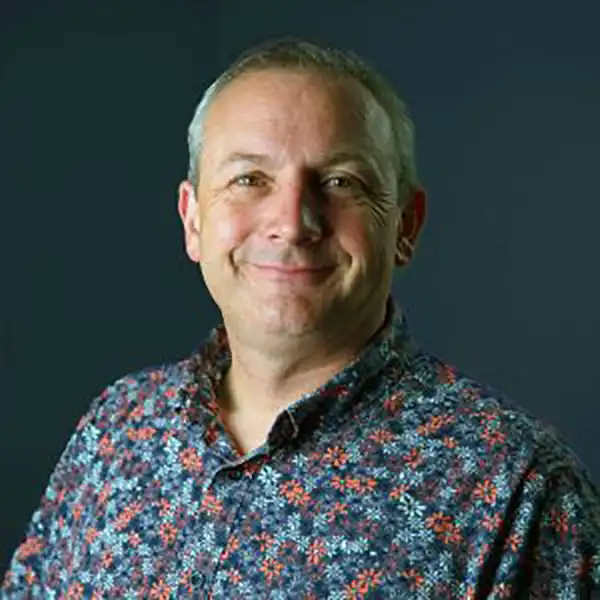
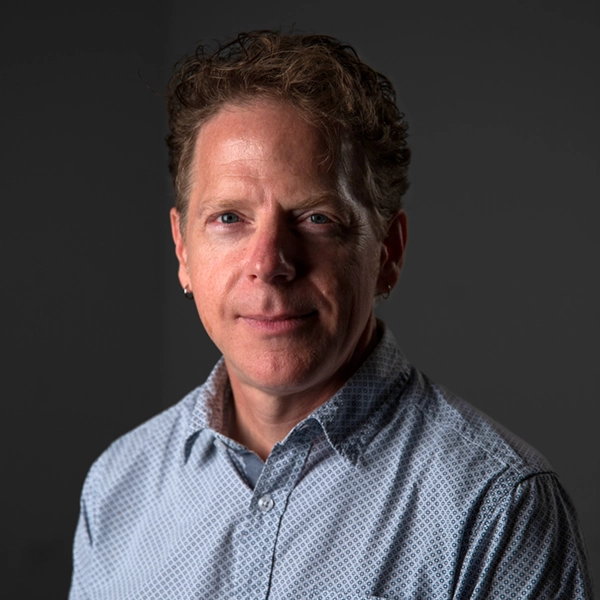
Christopher McNulty
Director and Professor, UT School of Art
Area of Study: Sculpture + Drawing

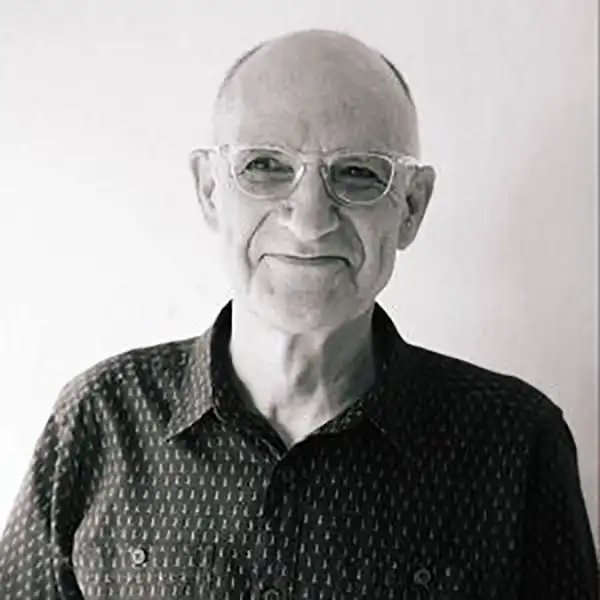
Sculpture News
Resources
Alumni
Artist-in-Residence Program and Visiting Artists and Scholars Program
Facilities
Community Engagement
The Sculpture Program at the University of Tennessee provides numerous opportunities for students to extend their learning from the classroom into the local community. We believe that experience in community arts and public art projects is critical to preparing students for future professional opportunities. Each semester, faculty members organize events that allow students to present or create their sculptural work in local gardens, parks, greenways, or public schools.
All undergraduate Sculpture majors are required to participate in organizing exhibitions off campus in pop-up spaces, traditional galleries and non-profit art spaces. Some of this artwork is featured in the Senior Capstone exhibits, but the Advanced Sculpture class typically includes one major group exhibit off campus each semester.
Helpful Links and Videos


